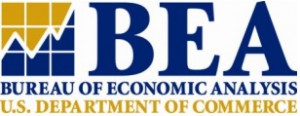CPI: Flat Medical Prices Lower Than Inflation
 The Consumer Price Index rose 0.4 percent in October. Remarkably, medical prices were flat overall. This is the second month in a row we have enjoyed medical price relief. Even prescription drugs rose by only 0.2 percent, half the rate of headline CPI, while prices of non-prescription drugs dropped significantly. Even the price of health insurance dropped a smidgeon!
The Consumer Price Index rose 0.4 percent in October. Remarkably, medical prices were flat overall. This is the second month in a row we have enjoyed medical price relief. Even prescription drugs rose by only 0.2 percent, half the rate of headline CPI, while prices of non-prescription drugs dropped significantly. Even the price of health insurance dropped a smidgeon!
Prices for inpatient hospital services rose the most, by 0.6 percent. As noted in my discussion of the Producer Price Index, this bears closer watching as President-elect Trump promises more spending on infrastructure, including hospitals.
Over the last 12 months, however, medical prices have increased three times faster than non-medical prices: 1.4 percent versus 4.3 percent. Price changes for medical care contributed 22 percent of the overall increase in CPI.
Many observers of medical prices decline to differentiate between nominal and real inflation. Because CPI is has been low until recently, even relatively moderate nominal price hikes for medical care are actually substantial real price hikes. More than six years after the Affordable Care Act was passed, consumers have not seen relief from high medical prices, which have increased over twice as much as the CPI less medical care since March 2010, the month President Obama signed the law.
(See Figure I and Table I below the fold.)




